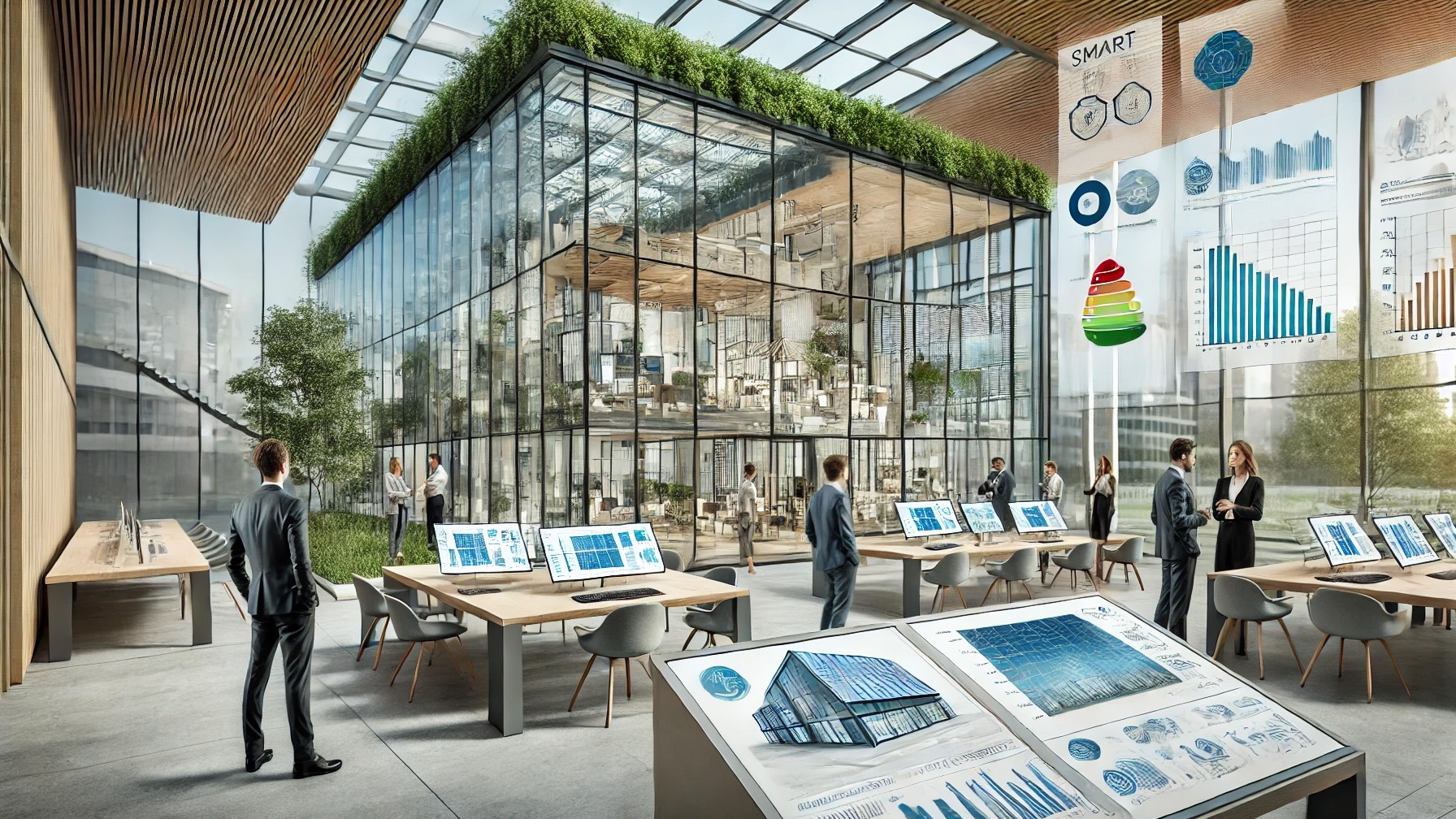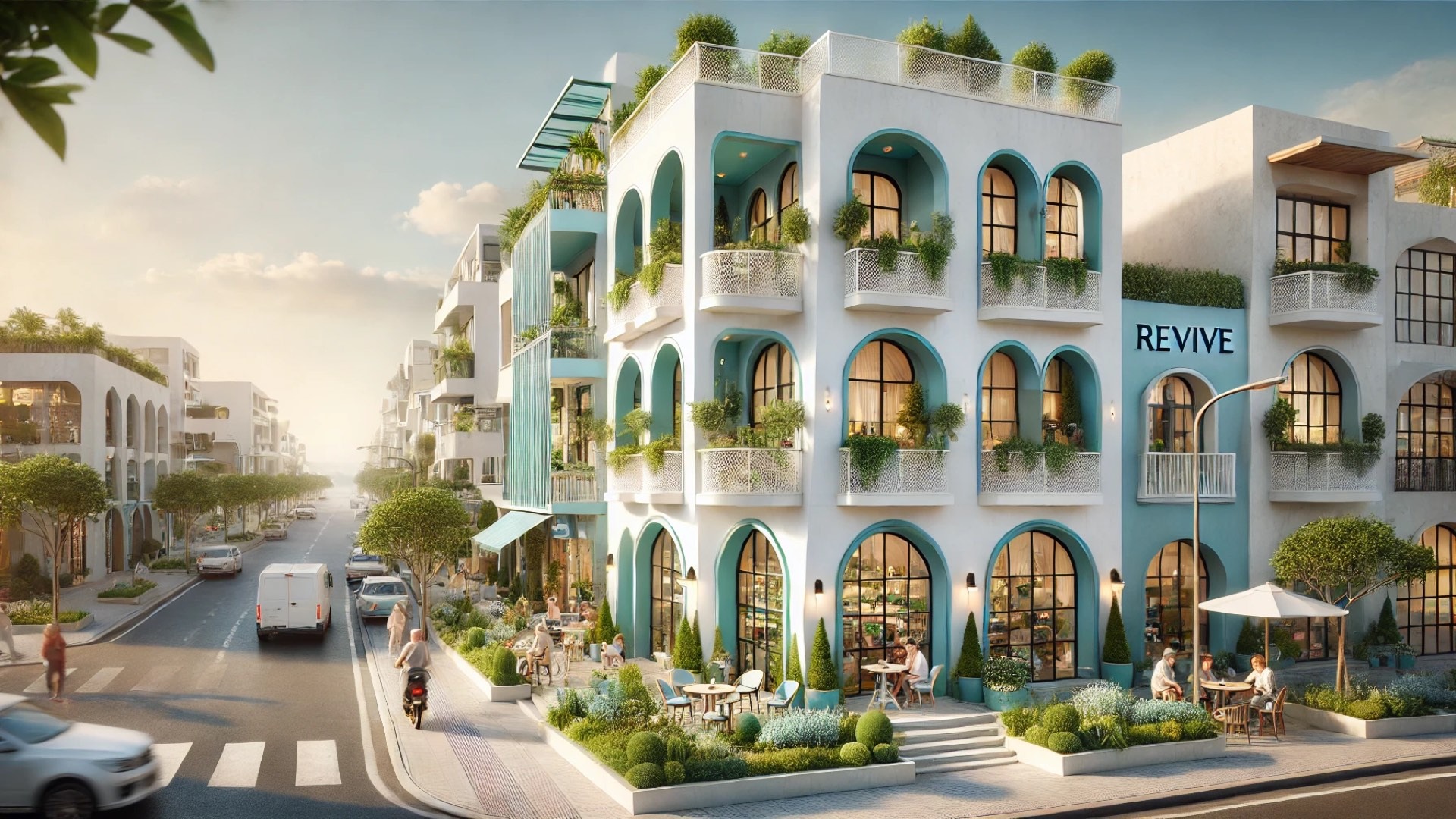
Understanding the Role of Building Science in Modern Architecture
Building science has emerged as a critical pillar within the Architecture, Engineering, and Construction (AEC) industry, focusing on enhancing the performance, sustainability, and safety of structures. Understanding how these principles integrate into modern architecture not only elevates aesthetics but also ensures durability and resilience against environmental stresses.
Sustainability in Building Practices: A Growing Necessity
As global awareness of environmental issues rises, sustainability in building practices has become a key demand in the AEC sector. Professionals like Stevan Vinci advocate for methodologies that reduce waste, optimize resource use, and encourage the incorporation of renewable materials. This shift towards sustainable architectural practices is more than a trend; it represents a necessary evolution that aligns building design with global climate goals.
Enhancing Enclosure Excellence for Better Performance
The enclosure of buildings is paramount for energy efficiency and indoor air quality. Vinci emphasizes the importance of high-performing envelopes that not only shield structures from the elements but also significantly impact heating, cooling, and overall energy consumption. Architects and builders must consider material selection, installation techniques, and design principles that contribute to building enclosure excellence.
The Intersection of Technology and Building Science
Advancements in technology provide new tools and opportunities for the AEC industry. Vinci notes how innovations in building materials and construction methodologies can lead to improved building performance. Utilizing digital tools for modeling and simulation helps in addressing potential issues before construction, ultimately leading to cost savings and enhanced quality.
Measuring Return on Investment: The Financial Argument for Quality
Investing in sustainable practices and high-quality building envelopes may incur higher initial costs, but as Marcus Jensen highlights, the long-term return on investment (ROI) can be substantial. Properties built with superior materials and techniques often command higher market values and lower maintenance costs over time, making them financially sound decisions for property owners.
Practical Steps Forward: Integrating Best Practices
As we look towards the future of the AEC industry, integrating best practices in building science and sustainability is essential. Continuous education and industry collaborations can push these principles forward, ensuring that structures are not only built to last but are also efficient and environmentally responsible. Collaborations among architects, engineers, and contractors are vital in pushing these new standards into practice.
 Add Row
Add Row  Add
Add 




Write A Comment